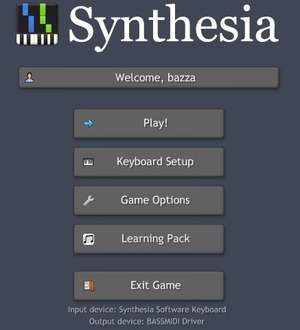

I confess I had no idea that is was intended as a learning aid. A control box on the front of the piano enables an on/off switch, volume control with a dial, and buttons to change the piano’s settings.I too have enjoyed watching a few of these on youtube.The system can control the volume (velocity) of each key to play a note softer or louder depending on the MIDI information received.The piano takes control on the damper (sustain) pedal to create a realistic performance.Performance - The piano is able to decode the MIDI information and schedule each key to create the intended sound, even if the information sent to the piano is impossible to play.


Not only that, but once the $10, 000 player piano is purchased, you have to purchase extra apps and songs to play on it. While a player system from Yamaha or Pianodisc cost upwards of $10, 000, I built my own system for a relatively cheap $650. One of my goals in creating this was to show that it’s possible to replicate amazing things for little money, and I think I proved this. I wanted to create something like that - something that didn’t only work but also impressed the viewer - for a cheap cost. For a long time I had an Arduino Uno that had been sitting in a drawer, and for the first time I took it out to experiment with it and create something new.įor a long time I had been inspired by player pianos - it’s something about the way the keys move on their own that make them so wonderful.

In early August 2017 I was 15 and looking to partake in some kind of engineering project that would be fun and also help me learn new things.


 0 kommentar(er)
0 kommentar(er)
